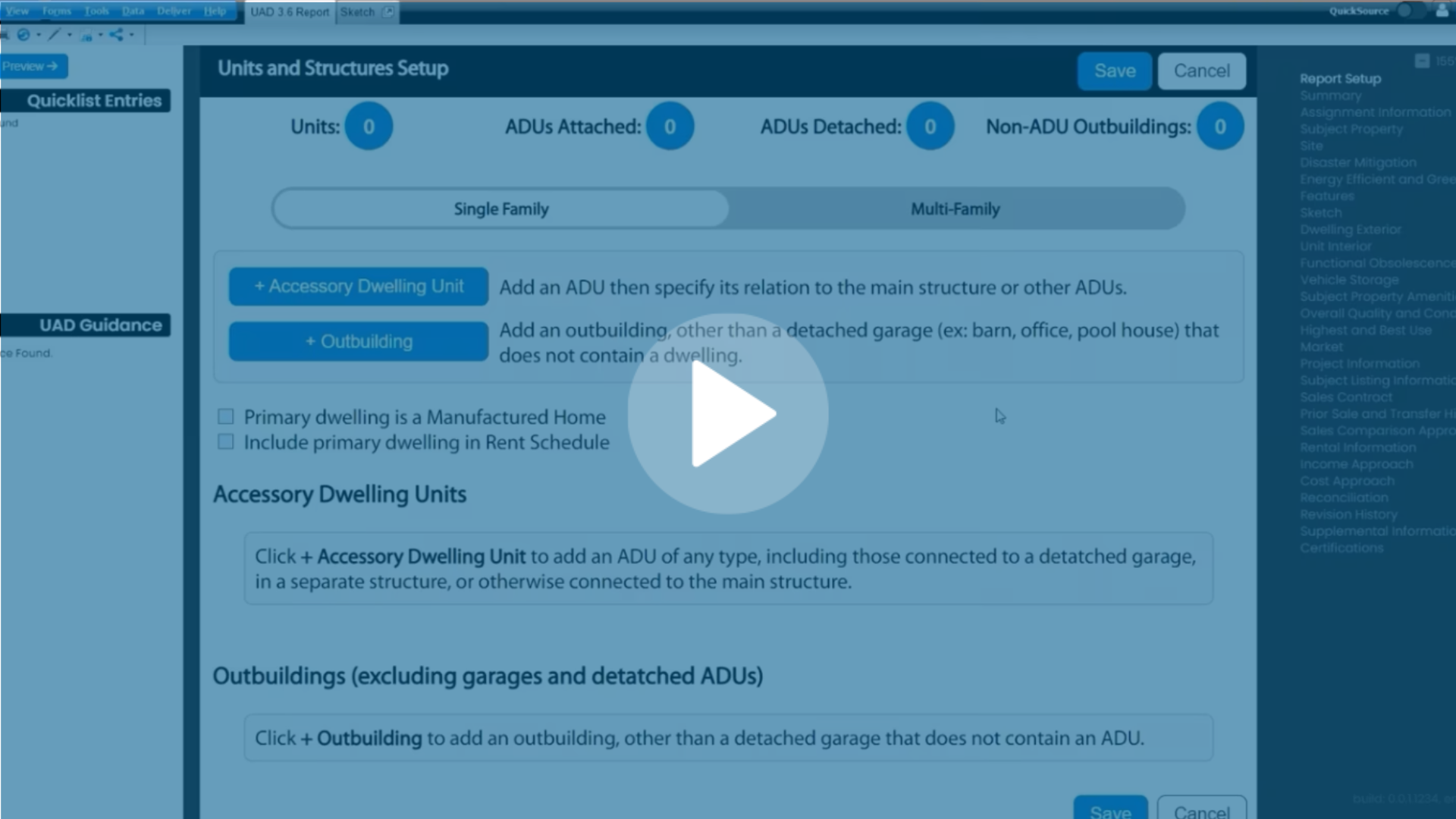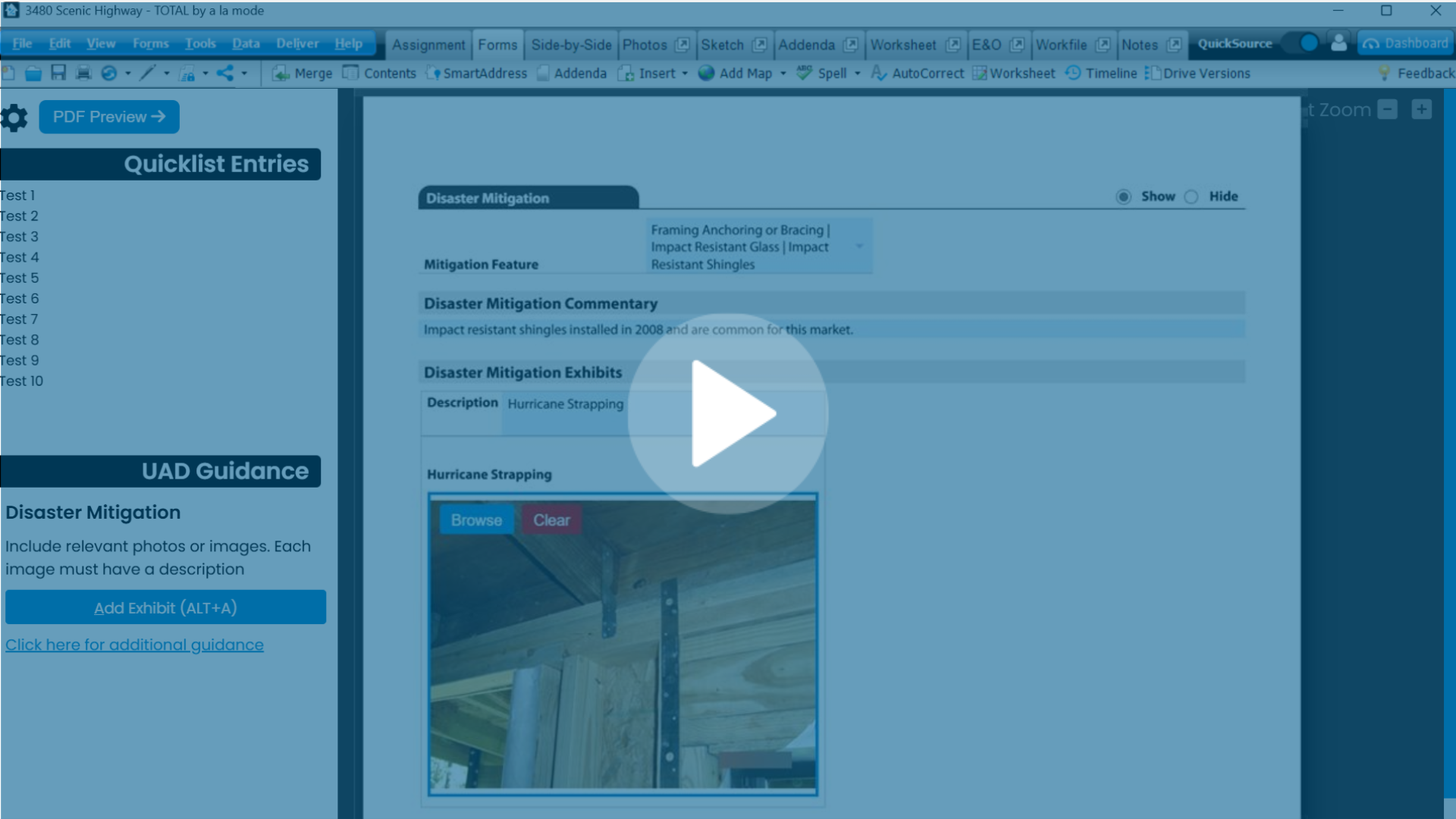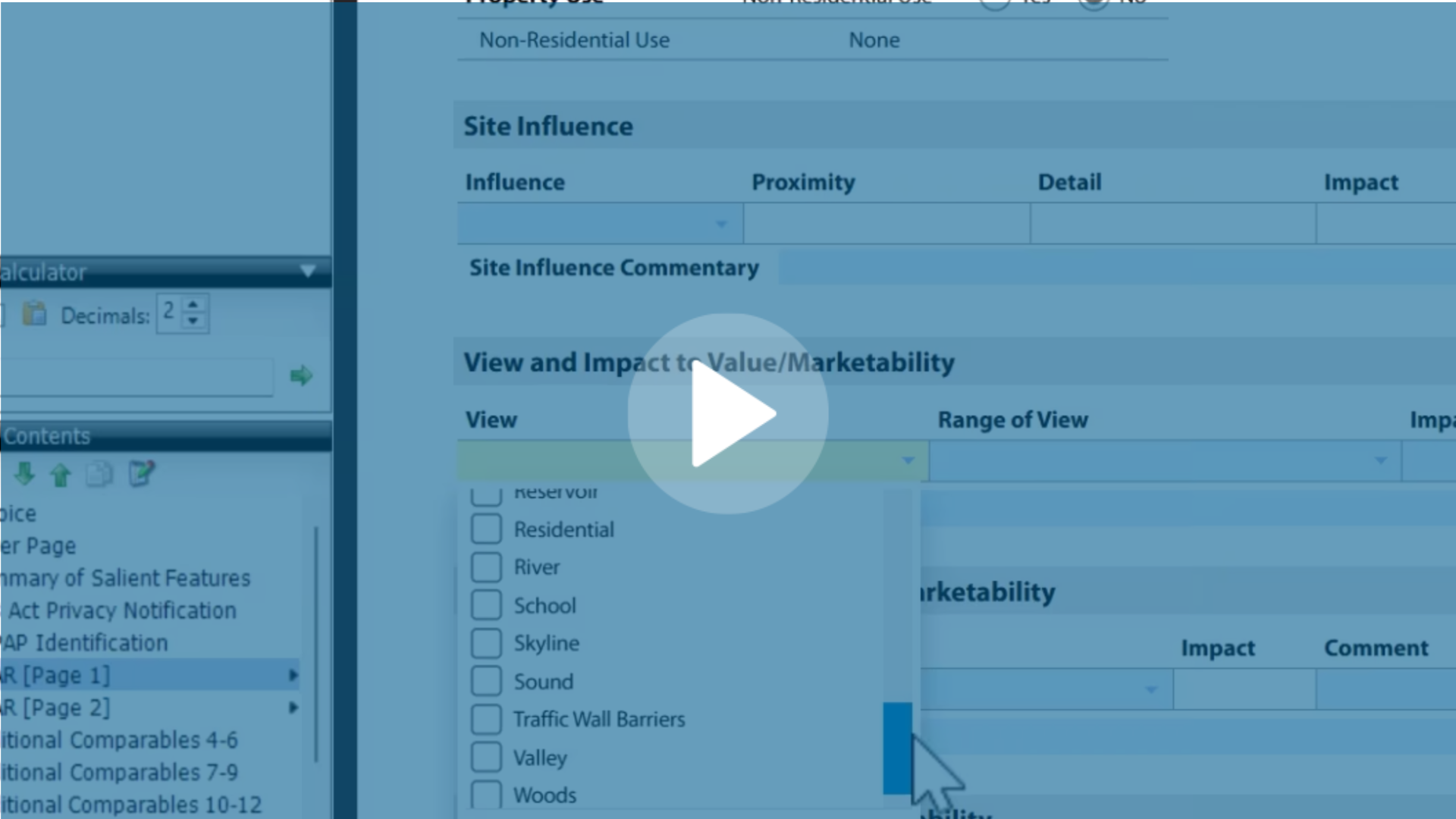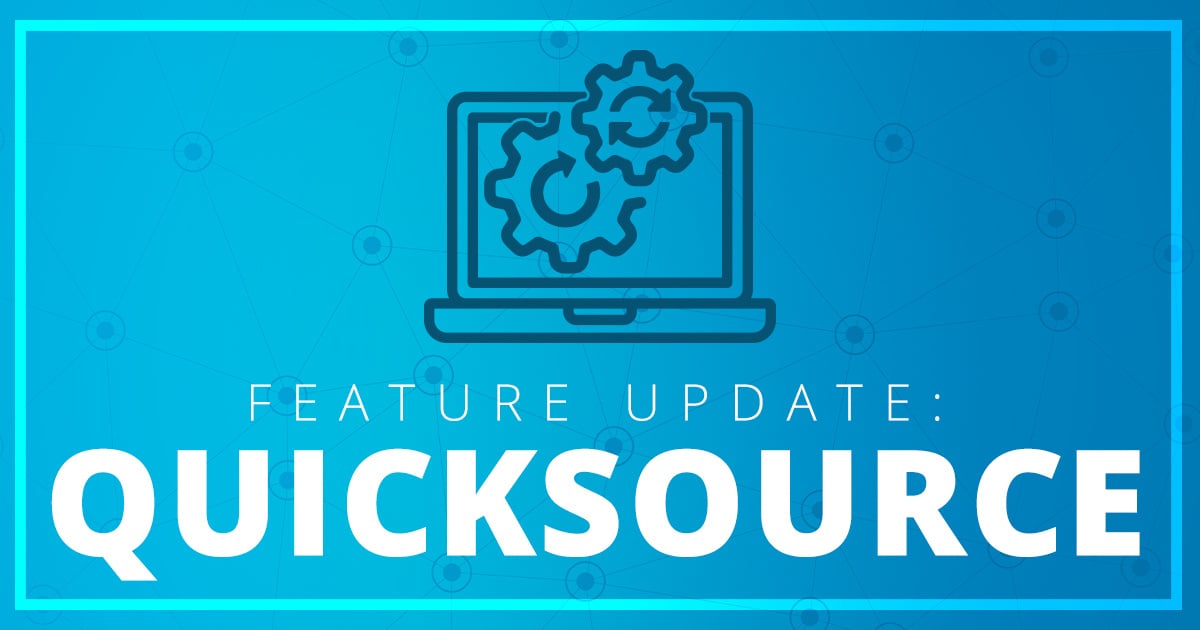Technology is always changing. With that fast march, it feels like PCs wear out in no time, with most sources suggesting you replace laptop computers every three years and desktop computers every five.
The inside of your machine is complex, with hundreds of individual parts, all of which wear out with use. Your a la mode technicians are experts when it comes to fixing TOTAL—but, if your computer is facing the end of its life, there’s not a lot we can do to help. That’s why it’s important to recognize the tell-tale signs that it’s time to upgrade, ensuring that your business continues as usual—without catastrophic interruptions.

Think your computer might be failing? Ask yourself these questions:
- Is it still getting all of its Windows updates?
- Is it slow?
- Is it overheating?
- Are you having unexpected shut-downs or blue screens?
I’m not sure if I need EVERY Windows update. And should I trust them?
It’s true that not every Windows update is required for your computer to operate, but there are updates you don’t want to miss. Updates for security and TLS (Transport Layer Security) help keep your computer and its data secure from potential malware and hacking. If you ever see an update that mentions the .Net Framework or CLR, this means those things are helping your computer programs talk to each other and operate optimally. And, of course, standard Windows updates are designed to improve your overall experience, and they only take a couple of minutes to install.
As of January 14, 2020, Microsoft has ended support (and updates) for Windows 7. While a la mode continues to support our products on Windows 7, for now, its limitations will eventually force us to introduce features, upgrades, or security updates that will make our products incompatible with Windows 7. To avoid an unexpected disruption in your workflow, we recommend that Windows 7 users make a plan to switch to a Windows 10 computer. If you’re not sure which version of Windows you use, click here.
My computer is slow, but can’t that be fixed?
There are a few things you can do for a slow computer. You can clear your temp directory, manage and disable unused startup programs, and even defrag your hard drive (this isn’t as necessary as it used to be, as modern versions of Windows auto-defrag your drives). However, if you’ve done these things, and you still feel like your computer is grinding to a halt, it’s time to consider replacing your machine. Check out these computer speed tips from your a la mode techs.
My computer is hot to the touch. Maybe canned air will help?
It’s true that the inside of computers get caked with dust, hair, and anything else that can get sucked into its fan. A computer that’s overheating or making a loud, clicking sound is definitely having issues on the inside, and it’s usually the fan. If you’re comfortable with it, you can crack open your computer and used canned air to remove any debris—just make sure to use static-free gloves, as a static charge can kill your motherboard. However, if your computer is too hot for your lap or sounds like a 747 taking off, it’s probably time to think about the next machine.
My computer shuts down/I’m seeing blue screens—but it works after a restart!
You must be careful when this behavior presents itself—we can’t stress this enough. If your computer shuts off by itself, one day, it’s not going to turn on again. This is the time to back up your data (using a backup solution like Titan Drive) and get on a new computer as quickly as possible. The last thing you want is to take your computer to the shop after it doesn’t turn on anymore. Your local technician could charge upwards of $500 to see whether or not your hard drive is salvageable. And drive-saving companies could charge even more. Again, if your computer is shutting down, or if you’re getting that dreaded blue-screen-of-death, don’t delay. It’s time to upgrade.
Okay, I’m ready for a new machine, but what kind do I need?
I’m glad you asked. The first thing I’d tell anyone looking for a new machine is to ignore the brands because every brand has outdated computers. What do you think happens to the old parts they couldn’t sell before they fell into the realm of obsolescence? They’re still being put inside of new computers. You can run into a situation where you have a new computer with outdated parts—and you’ll be in the same boat all over again. See our guide for TOTAL’s minimum system requirements.
There are also resources available that help you test the caliber of the machine you want to buy. For example, at www.cpubenchmark.net, you can find out how old and how powerful a processor is. On the same site, you can look up your potential video card (especially important for programs that require a lot of rendering, like TOTAL and Adobe), as well as your potential new hard-disk/solid-state drive.
Salespeople at most stores are also equipped with information about individual machine parts. They may not know a lot about TOTAL, but you can let the associate know that you need a computer that can render a program like Adobe Photoshop, have enough drive space for a professional photographer, and the processing power to handle an ample SQL database.
And that’s it! Your machine is the most important tool in your appraisal business, and having the wrong hardware can be catastrophic for your business. Make sure your technology is delivering the value your operation deserves.

Get to know the author
Ash Stewart is Customer Support Team Lead at a la mode. Ash is a source of empathy and problem-solving for her customers, and she prides herself in going the extra mile to make sure each appraiser has a solution, on-time, every time.



.png)




.png)
-1.png)

.png)

.png)


.png)
.png)

.jpg)
.png)

-1.png)

















